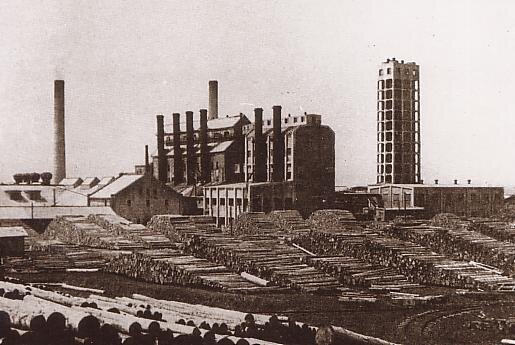I currently have three major projects underway:
Prospecting the Ruins: Memory and Meaning in Japan’s Scorched Earth of World War II (under contract with Penguin Press)
An ongoing collaboration with Cary Karacas, a geographer at CUNY Staten Island, on the firebombings of Japanese cities during WWII. Having previously written about the cartography and photography of the strategic bombing of Japan, we are now undertaking research for a book entitled Prospecting the Ruins. Supported by an ACLS Collaborative Research Fellowship, this project examines the visual culture of the firebombing of urban Japan as revealed through five principal sets of images generated by the air war in the Pacific: maps, photographs, cartoons, films, and art.
On Memory and Morphology: A Field Guide to Japan’s Arboreal Archive of Wartime Destruction
Working in collaboration with landscape architects Kanno Hirotsugu (Meiji Univ.) and Negishi Takayo (Nihon Univ.), I am surveying the hundreds of “war-damaged trees” (sensai jumoku) scattered across urban Japan. In cities wiped clean of the scars of World War II, these trees stand as extraordinary living monuments to wartime destruction, offering powerful reminders of the terrible realities of war at a time when memories of this conflict grow fainter. By mapping their distribution and studying their resilience, the project aims to raise public awareness of these trees and amplify the remarkable stories of both destruction and recovery they tell.
Here is a profile of the project by NHK.
Dai-Ōji: The Ōji Paper Company and the Politics of Pulp in Asia
This book project examines the intersection of three forces that profoundly shaped the transition of Asia’s forests into the twentieth century: 1) the expansion of Japan’s empire; 2) the industrialization of forestry; and 3) the integration of the global market place for pulp and paper products. It does so through the lens of a single corporation: the Ōji Paper Company, one of Japan’s largest corporate consumers of forest materials. By tracing the expansion of this company and its forestry operations, I contend, we gain insight not only into the changes wrought by Japan’s imperial expansion but also the material underpinnings of Japan’s vibrant print culture.


